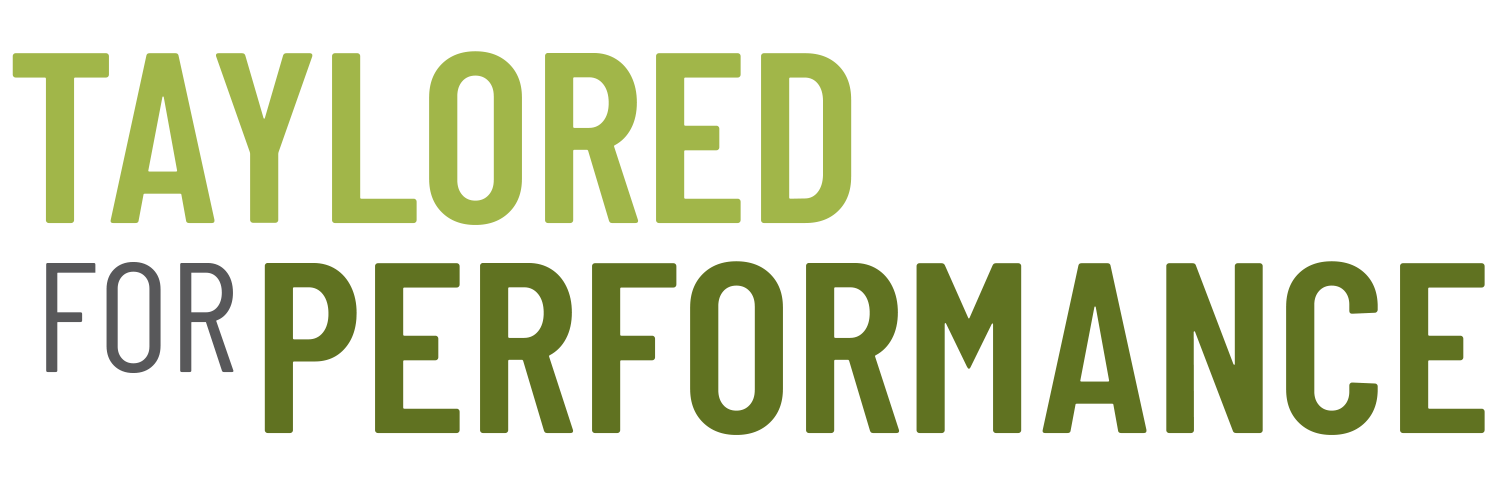How to Build an Athlete’s Plate
How to Build an Athlete’s Plate
It’s National Nutrition Month and this year’s theme is “Personalize Your Plate”. It only seems fitting to discuss personalizing an athlete’s plate.
Athletes ask me all the time, “what should I eat”? My response is “it depends”. Unfortunately, there is no short answer, and no one size fits all. There are a number of things to consider before answering that question, such as your eating habits and style, food preferences, food allergies and/or intolerances, medical conditions, individual goals, weight and/or body composition goals, training type, intensity, volume and duration, and training schedule.
To keep it simple and provide general fueling guidelines around training, I will refer to the performance plate model, which matches the portion of nutrients from your food intake to training. Performance plates focus on carbohydrates, lean protein and fruits and vegetables. Plates should also include healthy fats and proper hydration. Plates come in all shapes and sizes and the portions of nutrients will vary by person. For example, a 250 lb. male is going to require different size portions than a 150 lb. female as their caloric needs, goals and training will differ.
Why carbohydrates?
Body’s main source of energy and provides energy during exercise
Why protein?
Building blocks for muscle growth and repair
Why fruits and vegetables?
Provides vitamins, minerals, fiber and antioxidants
What about fat?
Supports immune function, assists in vitamin absorption, maintaining body temperature
Best consumed for low intensity, longer duration exercises
Easy Training = lower intensity workouts require lower carbohydrate intake
Rest or no training days
Low intensity workouts (i.e., light jog, light volume lift)
Walking
Weight loss
Easy Training Plate
½ plate of fruits and vegetables
¼ plate of carbohydrates
¼ plate of lean protein
Moderate Training = moderate intensity workouts mean a greater emphasis on replenishment
Moderate intensity practices
Bicycling (5-9 mph)
Moderate intensity and volume lift
Running 13-15 minutes/mile
Weight maintenance
Moderate Training Plate
1/3 plate of fruits and vegetables
1/3 plate of carbohydrates
1/4 plate of lean protein
Hard Training = high intensity workouts require extra fuel from carbohydrates
High intensity trainings (i.e., two-a-days, pre-season practices)
Competition/game days
Bicycling (>10 mph)
High intensity and volume lift
Weight gain
Hard Training Plate
1/4 plate of fruits and vegetables
1/2 plate of carbohydrates
1/4 plate of lean protein
Performance plates will look different in-season versus off-season and alter based on performance needs and goals. It is important to ensure athletes are consuming adequate amounts of nutrients to support their training to maximize performance and reduce the risk of injury. Working with a sports dietitian can help ensure you are fueling properly and meeting your needs.




